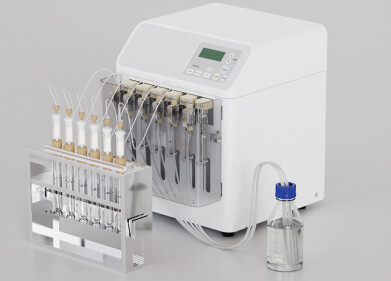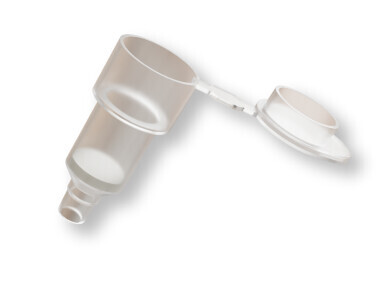Sample preparation
Detecting Rat Poison in Humans with Chromatography
Nov 22 2020
There is an urban myth that you are never more then six feet away from a rat. The reality is a little different of course, but they are without doubt visible in our towns and cities. In fact, reports suggest that they are even more visible during the Covid-19 pandemic as they must travel further to find scraps of food as we are all in lockdown. But however cuddly and funny some rats appear to be – hello there Roland – we don’t like to share our living space with them.
One of the methods we use to control them is using anticoagulant rodenticides – or rat poison. And the ingredients that make rat poison so harmful to rats can also poison humans. The Centers for Disease Control and Prevention states that rat poisoning is the 10th biggest poisoning cause in the US with roughly 40,000 emergencies every year. A recent paper published in the journal Acta Chromatographica describes a new chromatography method that has been developed to analyse human blood and urine for anticoagulant rodenticides.
Bleeding to death
The researchers behind the paper - Rapid measurement of anticoagulant rodenticides in human blood and urine using online turbulent flow chromatography coupled with liquid chromatography–tandem mass spectrometry - state that there are two main categories of anticoagulant rodenticides in use and they are split based on their chemical structure. They are anticoagulants based on either 4-hydroxycoumarin or indandione.
These types of rat poison function by inhibiting an enzyme, the vitamin K epoxide reductase enzyme, which causes vitamin K deficiency. This deficiency means that certain coagulation factors are inactivated. Animals, including humans, use coagulation factors – which are proteins – to help blood clots to form. If a rat, or human, suffers from rat poisoning then the sufferer can bleed to death if not treated medically.
Creating turbulence in the workplace
There are several methods used to test blood and urine for anticoagulant rodenticides. But many of the methods are time consuming or inefficient. Part of the problem is how the sample is cleaned up before analysis. Methods such as QuEChERS and gel permeation are time consuming, and online methods can result in reduced sensitivity and selectivity. The team behind the paper referenced above used a method known as turbulent flow chromatography to help clean up the blood and urine samples.
Turbulent flow chromatography is a good method for separating large and small particles prior to analysis. They then used liquid chromatography tandem mass spectrometry to analyse the samples for different anticoagulant rodenticides. The use of LC-MS/MS is discussed in the article, Selective and Robust UHPLC-MS/MS Assay for the Determination of Acrylamide Levels in Food Samples. The researchers conclude that this method enables the entire analysis of a blood or urine sample from a patient with suspected ARs, comprising pre-treatment, detection and result analysis, to be performed in less than half an hour.
Events
May 11 2025 Vienna, Austria
May 18 2025 Tempe. AZ, USA
May 21 2025 Birmingham, UK
Jun 01 2025 Baltimore, MD, USA
Jun 15 2025 Bruges, Belgium














